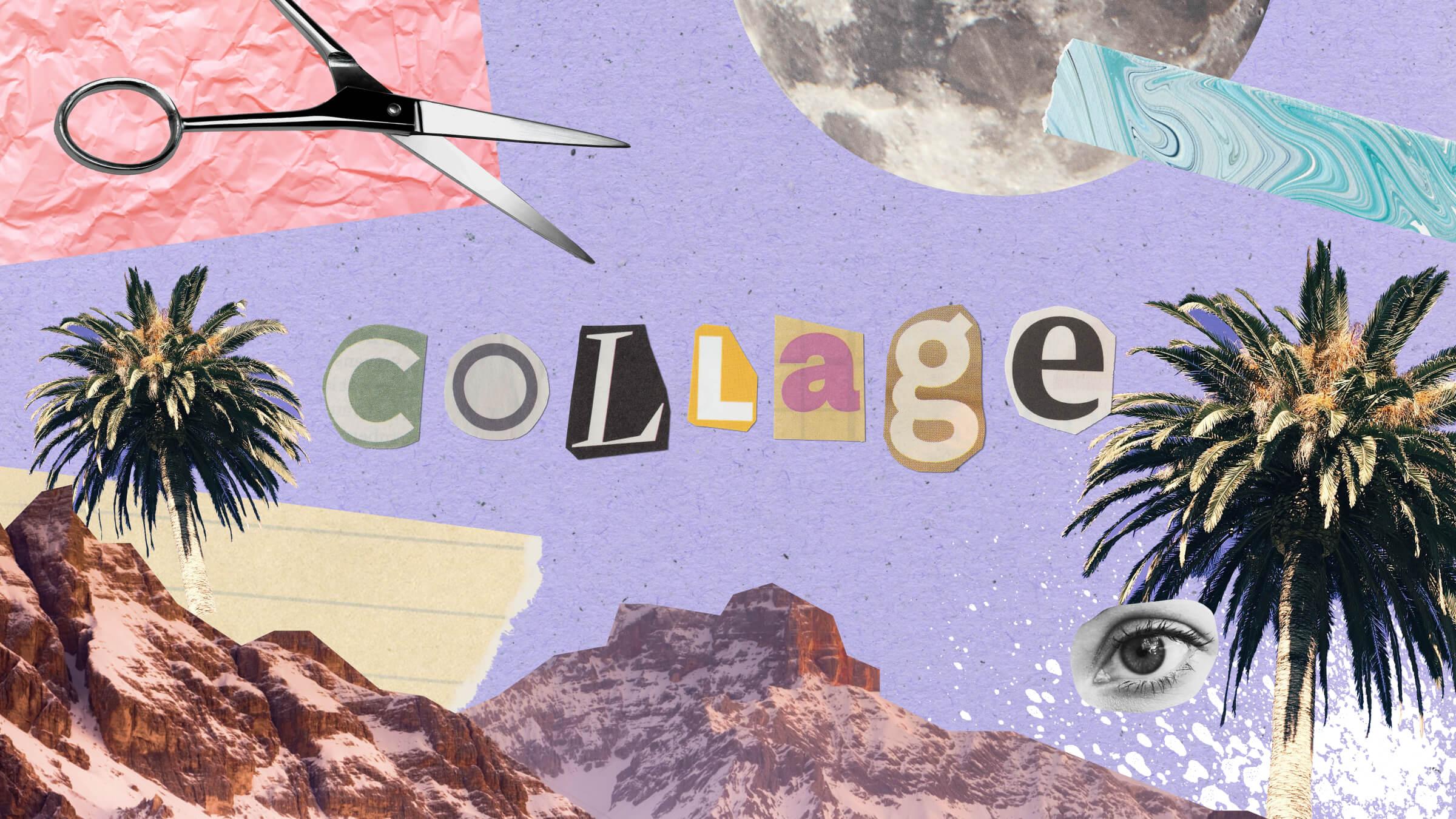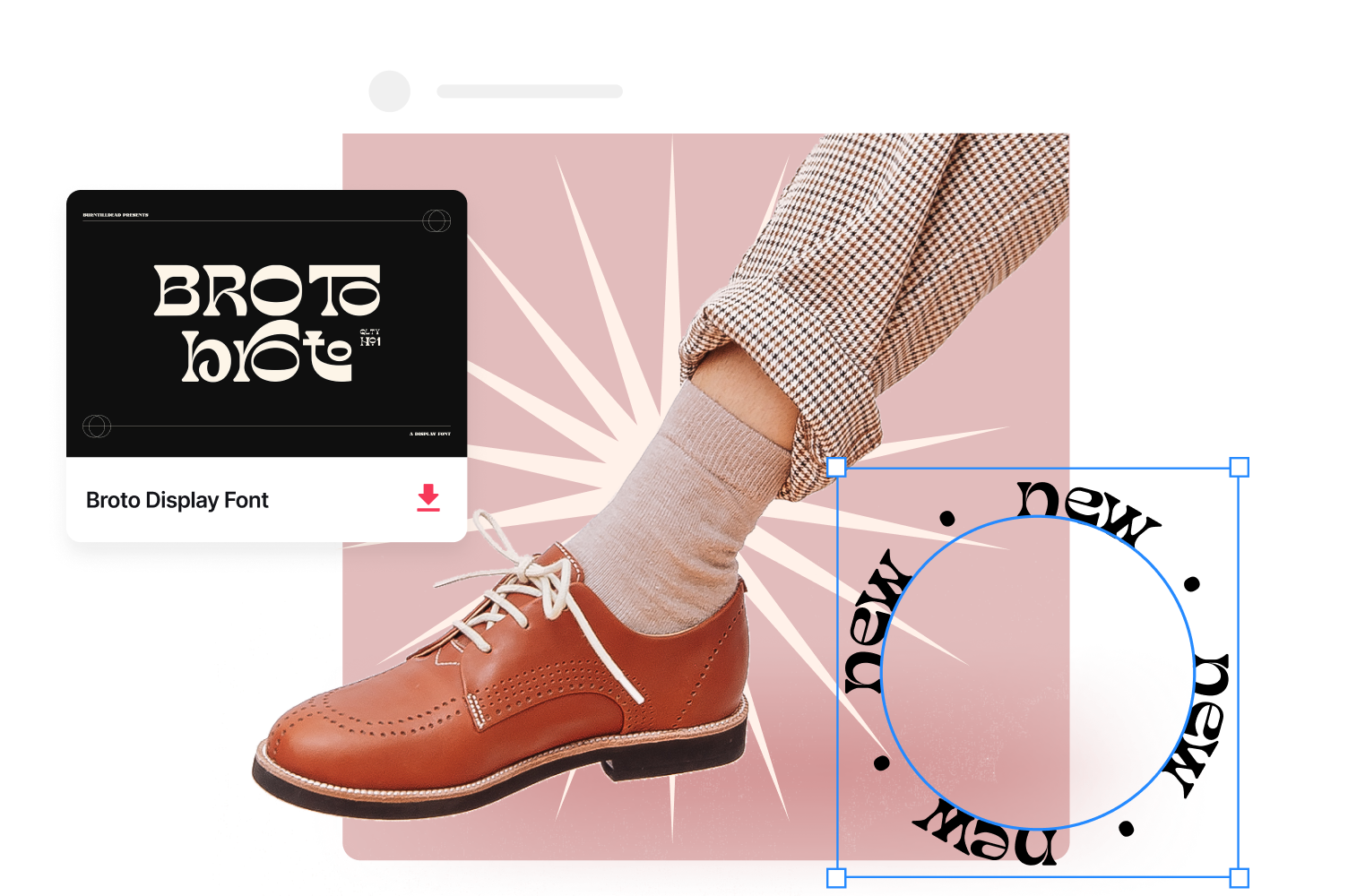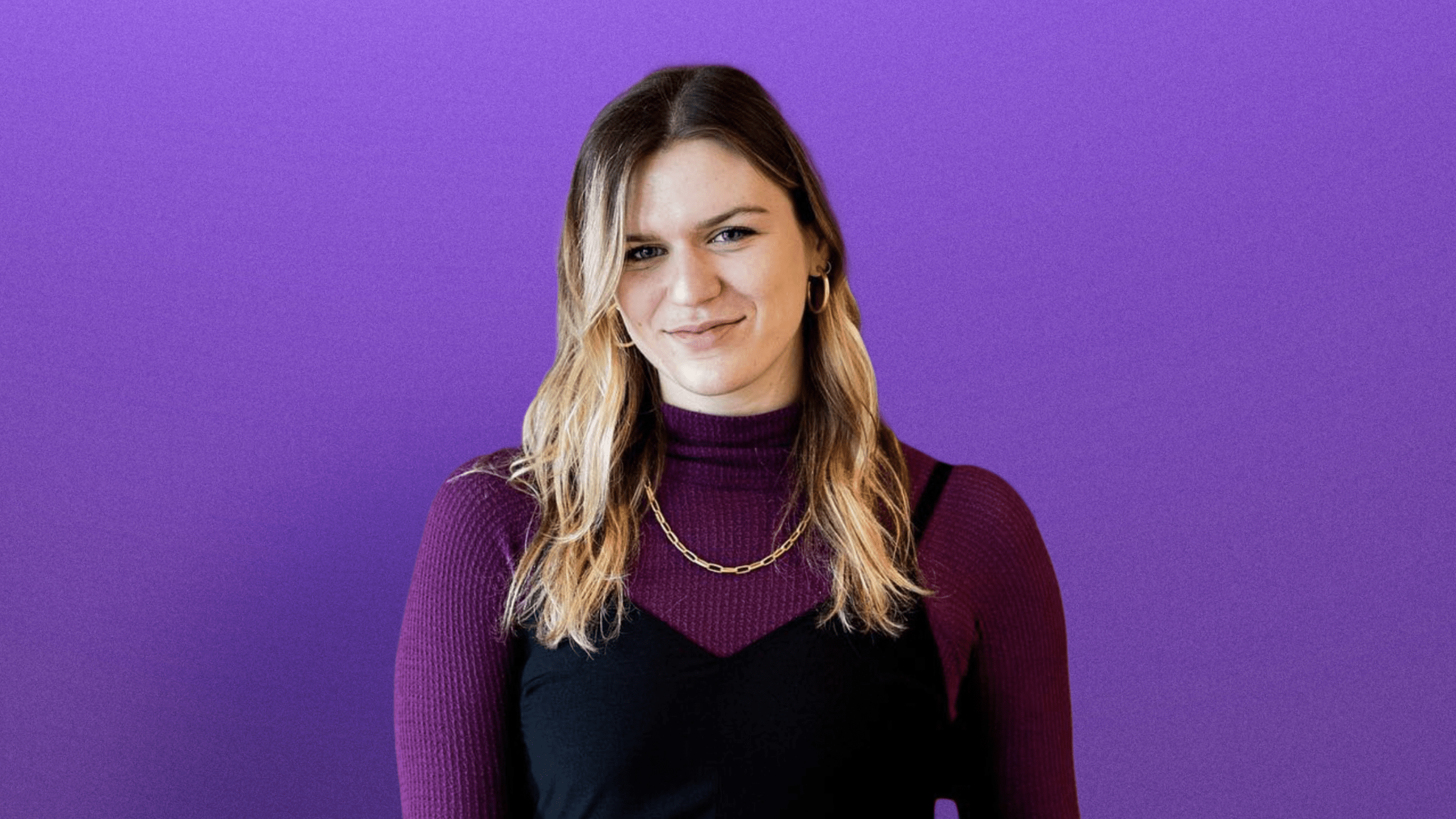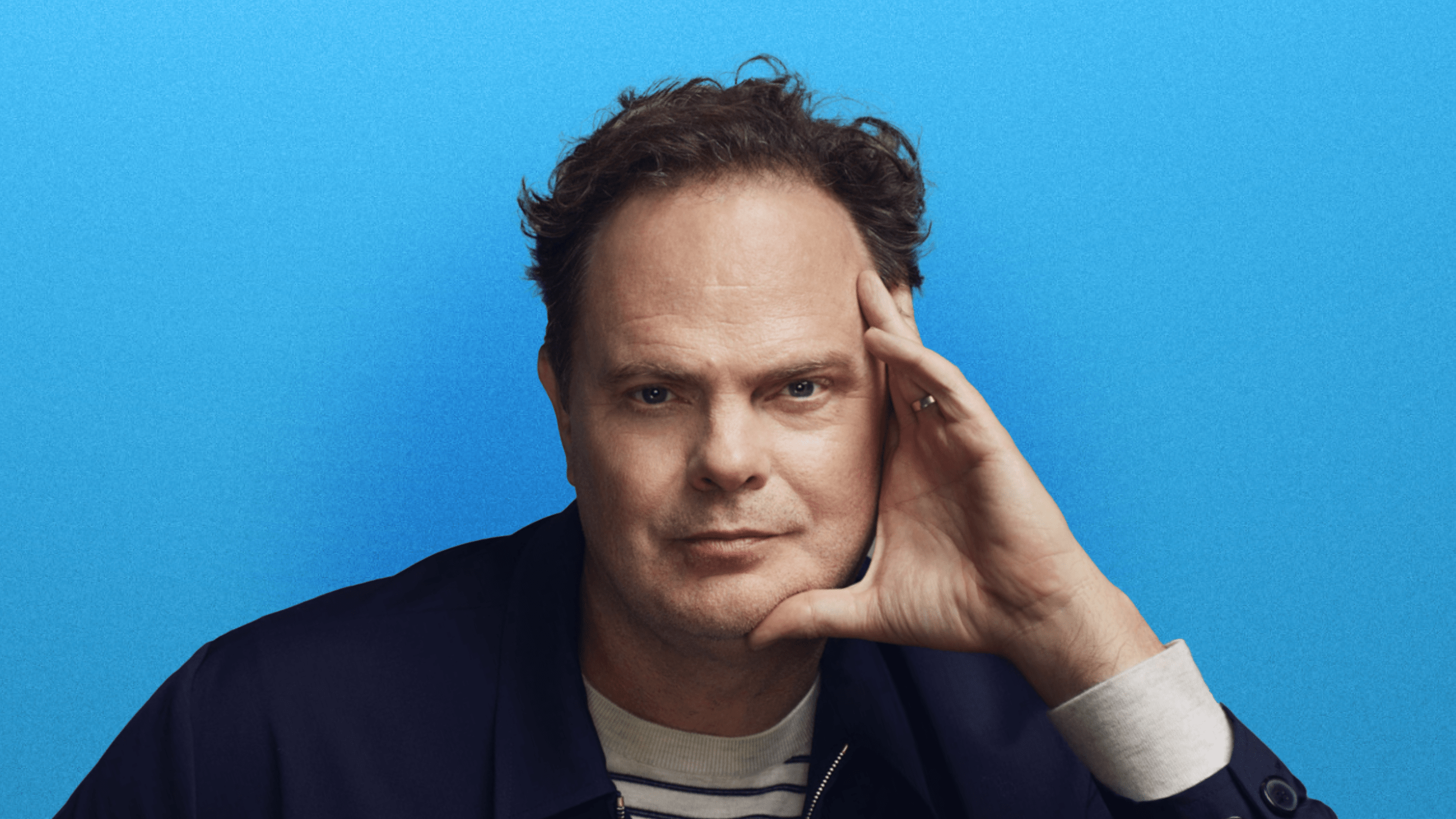Want to become a professional collage artist? Here are 10 expert tips for creating eye-catching digital collage and making a career from your art.

Alongside organic and DIY design, collage has become one of the biggest design art trends of the last few years. Plenty of prominent artists, brands, and social media influencers are now creating memorable, eye-catching collages for their clients and followers, and this crafty art form has popped up everywhere from graphic design and social media to magazines and billboards, with many collage creators taking to Instagram to share their work.

What Is Digital Collage?
The term “collage” comes from papiers collés, also known as découpage – a technique that uses various textures and materials to create a whole new artwork. Although the art of collage was originally derived from using paper, its expansion into the digital realm means that digital collage can now include all kinds of elements – such as photos, natural textures, cut outs, doodles, photo manipulation and compositing, the sky’s the limit!
Talented artists and social media mavens Labyrinth of Collages, Frankie Lee Matthews and Naomi Amber Dawn have all developed a following on Instagram thanks to their creative collages. They use programs such as Adobe Photoshop to produce – and then post – stunning artworks featuring a mix of mediums such as illustration, photography and typography to create an aesthetic and eye-catching effect.
Ready to master the art of digital collage? We picked the brains of these collage queens to get their top tips and tricks for creating stunning collage art, and their advice for how to become a successful digital artist…
1. Find Inspiration
For collage artist and retro romantic NaomiAmberDawn, it’s all about getting inspiration from the physical world to support her digital creations – whether it’s magazines, photography or music. She explains, “I find a lot of inspiration from vintage magazines, going to antique shops, listening to music, and being out in nature. I always try to incorporate some sort of vintage or retro piece in my art to blend old and new ideas together. I have a little sketchbook I carry around with me everywhere. I also don’t leave my house without my film camera (and some extra rolls). Photography really supports my creative process, because it helps me to slow down and view my surroundings differently. If you feel stuck or uninspired, take a break! Go out and take a walk, listen to music, or switch to a different task. You’ll have much better ideas when you come back to your art with a fresh mind.
Meanwhile, quirky and colorful Frankie Lee Mwah always has a backlog of ideas percolating in her mind, and harnesses the power of the creative community on social media to drive her inspiration.
She says, “To get inspired, I have a stack of ideas that I write down and review periodically. I have some cracking ones that I just haven’t had the patience to attempt lately, but will work on those soon. When I have time to create, I will go through the list and something will usually jump out at me. Then I just follow those same instincts during creation. Generally if you are feeling good about the start of a piece, it comes together quite quickly, so it helps to have that initial passion for it.
2. Use the Right Tools and Programs
As far as software is concerned, the jury’s in. Our collage collective all (unsurprisingly) rave about the power of Photoshop. Frankie reveals, “My top tool for creating collage art is Photoshop. Photoshop. Photoshop! It is fundamentally the greatest program ever created, and without it I would be very bored and talentless. The thing that predominantly features in my work is a combination of photography and vectors. In theory, the two should never work together, but I love the collage effect they create. After all, rules were meant to be broken!
I spend a lot of time with each element within Photoshop, and the beauty of the program is that I can essentially customize anything I want. Once everything is cut and sliced to perfection, I just piece it together like a jigsaw. Some projects have upwards of 150 layers in Photoshop to achieve the final result, which makes for some lengthy save times and supremely large files. God bless external hard drives!”
Paria, the creative mastermind behind the super successful Instagram art page Labyrinth of Collages, firmly agrees: “Adobe Photoshop is the main program I use for my work. I also use Illustrator and experiment with other Adobe programs, but I always go back to Photoshop. I love to scan things like flowers, paper, even my own writing. I think they add a personal touch and it feels more authentic.”
3. Use High Quality Assets
When it comes to creating captivating collages, you first need to start with high-quality assets and materials. Naomi explains, “Envato Elements is my go-to for high quality assets. It allows me to be able to create in ways I normally couldn’t. I love all of the Add Ons. There’s so many different textures and patterns you can overlay onto your images, which make the end result really interesting. One of my favorite additions from Envato Elements are the Photoshop brushes. I’m able to add stars and clouds to the skies, and make them look more magical. There are also a lot of fun textures I can add to my photos in the final stages of editing. I use Photoshop for all of my editing, but I’m looking into creating more art with Illustrator and Procreate too. Envato Tuts+ also offers free Adobe courses for all levels that are really helpful when you want to refine your editing skills.”
Frankie also uses Elements to source high-quality assets for her artwork, and even uses the extensive library of items as a jumping off point for her creativity. Frankie says, “I am a vector fiend. Sometimes I’ll create something just because I loved a vector on Envato Elements. I even have a collection on my account called ‘LOVE’, full of vectors I want to use in the future. I create my own vectors sometimes, but I get most of my vectors from other artists on Elements. Saves me time and the artist gets paid.”
4. Refine Your Creative Process
Defining your creative process and figuring out what works for you as an artist is a super important part of refining your workflow and ensuring you can create collages easily and consistently. For Paria, her process is all about experimentation and going with the flow until it feels right: “A lot of my process is simply experimenting on Photoshop and clicking an excessive amount until I reach the desired effect. I like to take pictures of sunsets and draw inspiration from that color-wise. I’m drawn to pink, orange and other warm hues. The rest is just having fun with the images until I’m happy with the end result. If I’m in a creative block, which has recently happened, it’s usually because I’m putting too much pressure on myself for a collage to look ‘perfect’. So I stop creating collages for a week or two and give myself a break. I get re-inspired when I journal a lot of the time. It puts things into perspective!”
Frankie, meanwhile, favors a more structured, step-by-step approach: “After I have an idea, I immediately go and hunt for items that fit my vision. But sometimes visiting Envato Elements is the start of the creation process. This is when I find something within the extensive archives of Envato Elements, that stirs up my creative juices. Ice Cream Love is a good example of that approach. I found an image of an ice cream within the vaults of the Envato Elements Stock Photography library and I just knew what I was going to do with it. Within the hour I had the piece together and a complementary IGTV video to boot.”
Naomi reveals that everyone’s process is different. “I have a list in my notes on my phone of little ideas I come up with that I want to try experimenting with”, she says. “Once I have a general view of where I’d like a collage to go, I’ll then start to explore different stock photos as well as photos I’ve taken to see if I can bring the idea to life. I have so many tabs open in Photoshop all the time with little projects I’ve started, some of which have taken weeks or months to get just right!”
5. Develop Your Own Unique Style
Perhaps the most crucial element of creating eye-catching artwork and becoming a successful collage artist is developing your own unique style to help you stand out from the crowd. Paria has quite an unusual approach to her work which truly sets her apart from the rest.
“My unique style is built around my ‘Magic and Muses’ philosophy”, she explains. “In a literal sense ‘Magic’ is how I explain the crafty (photoshop editing, cutting, scanning, etc.) side of collages and the ‘Muse’ aspect is anyone I’ve used as the hero image. Especially in the beginning, I was looking to women and fashion houses I was inspired by, that I thought were unapologetic or even taking control of their own narratives. Plus ‘Muses and Magic’ has a nice ring to it, so I’ve always loved summing up my work with that line! It definitely has led me to collage, not just anything, and to create things with intention and collaborate with brands and people that are doing amazing things and that I admire.
I’ve also noticed that my work often starts with how I’m feeling. Whether it comes from a place of happiness, excitement or the opposite. Then, I search for images that express those emotions for me. Last year, I found myself using a lot of tiger or lion images captured in mid-roar. It was my interpretation of expressing empowerment or wanting to have a voice when things feel hopeless, and using that alongside other images. I’ll add my own words or quotes that express the way I feel and that becomes the theme of the collage.”
6. Create High Quality Work
With so much killer content floating around online these days, work that’s not up to scratch sticks out like a sore thumb. Keeping your files as high quality as possible is a given if you want to sell prints or other types of physical products. Naomi reveals, “One of my top tips for creating collage is to create your art in larger sized files with high-quality images. It creates so much more work if you want to order a large print, but the quality is too low, so you have to go back and re create everything. When I started making digital art, I wouldn’t save the Photoshop documents and just export them as JPG and they were pretty small. I was excited to start getting prints, but the quality of my photos wasn’t good enough, so I had to go back and re-create my art from scratch.”
7. Be Consistent
When it comes to making a name for yourself as an artist online, developing a strong personal brand can be just as important as the artwork itself. And the key to strong branding is consistency! Paria’s advice is to keep creating consistently and to stay true to who you are as an artist: “My top tip for becoming a successful collage artist is to remain consistent – don’t be discouraged by engagement or likes on Instagram. Create whatever you want, it doesn’t have to be ‘trendy’, just create whatever feels right to you and do it consistently.”
Naomi agrees that consistency is key: “My words of wisdom would be to stay consistent and make it a priority to create something every day (it doesn’t have to be good either, just create)! That was the most helpful advice I was given when I was just starting out, otherwise being an artist is just an idea and life passes you by really quickly. Months can go by without you even realizing it and before you know it, it’s been forever since you created anything.”
8. Build a Creative Community
When trying to get your work out there, networking is vital. Surrounding yourself with a creative community can also be a fantastic place to source inspiration, Naomi explains: “I think the most special thing that has come from creating and posting art on Instagram is the amazing community of artists that I’ve met from all over the world. It’s really beautiful to see how differently our minds work. Sometimes I recognize a specific stock photo in someone else’s post that I was also messing around with, and it’s interesting to see how differently we’ve used it in our creations! We are also pretty much all experiencing the same thing when it comes to trying to make ourselves known on Instagram, so it’s nice to have a community of artists that can help you out and give great advice on their experiences.”
9. Know Your Worth and Trust Yourself
In the process of becoming a professional artist, trying to navigate the often rocky business landscape can be a big learning curve for many. For Paria, her biggest challenge was learning how to set boundaries and know her worth: “One of the biggest learnings I’ve had becoming a professional artist is knowing your worth and setting boundaries! I wish I had known this when I first started out, and I’m still learning even now. This will help you avoid burning out. Saying yes to every opportunity is great, especially in the beginning, but don’t burn yourself out for ‘exposure’.”
When it comes to turning your passion into a career, Paria’s advice is to trust your gut, but to also be realistic about how to make your dream a reality. In her experience, trialling the ‘professional artist’ career path before you dive in head first is a great way to build confidence, and work out if it’s really something you want to pursue.
She explains, “Being realistic is important. Give yourself a month or two, or a year doing this full-time. There’s more to it than just the creative or designing aspect, so be sure it’s what you want first.”
10. Make Mistakes and Keep on Creating
Making mistakes is a fundamental part of learning who you are as an artist, so don’t let setbacks discourage your creativity. Here’s Frankie‘s advice:
“My biggest learning from becoming a digital artist is to not take yourself too seriously. It is just art. When you take your work too seriously you get hell bent on finding perfection. Which, SPOILER ALERT, doesn’t exist. And looking for perfection makes you afraid to make mistakes.
Mistakes are like GOLD. If you’re not making them, you’re not improving. And that’s just going to make your work plateau. In the past, as a photographer, I spent more time polishing my work and never posting it for the world to see. I had this belief that if it wasn’t perfect that people wouldn’t accept me or my art. I never got better, because I never attempted anything that I didn’t think I could do successfully. When I embraced digital art, I found the freedom to make mistakes, knowing that the mistake would actually be the thing that helped me grow. My advice to anyone starting out is to make a ton of mistakes. Own them. You’ll soon realise that it is not the judgement of others you fear, but the judgement of yourself.”
And finally, don’t stop doing what you love! While it can be easy to get swept up in jobs, clients and projects, remind yourself of your purpose so you don’t lose your passion for your work. Naomi says, “Don’t forget why you started to create in the first place! When you have a lot of commissions, it can be easy for art to lose its magic and just feel like a job. That’s why it’s so important for you to remember what you’re trying to get out of your art (if you just want it to be a job, that’s okay. It just wasn’t the case for me). I always make sure that no matter how busy I am with work and life, that I let myself create just for the sake of creating.”
Digital Collage Tutorials
Want more digital collage inspiration and tips? Head over to Envato Tuts+ where we have a whole host of digital collage tutorials to tuck into, including How to Create a Colorful Collage in Adobe Photoshop & Lightroom, How to Create a Mood Board Template in Photoshop, How to Make a Photo Collage in Photoshop, and How to Create a Beyoncé-Inspired Fashion Photo Collage.
























